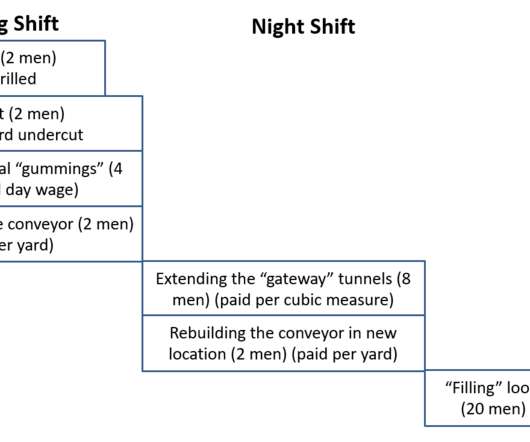Making Sense of Supply Chain 4.0
Material Handling and Logistics
NOVEMBER 8, 2018
The trouble with this definition is that it doesn’t explain what exactly changes in supply chain management—that is, what gets “transformed”—when digital technologies are adopted. Since there didn’t seem to be a clear definition of digital supply chain transformation available, I developed one from first principles.
















Let's personalize your content